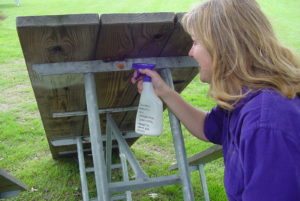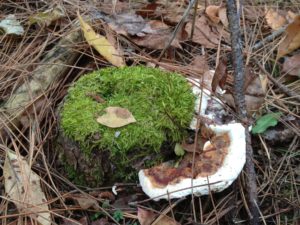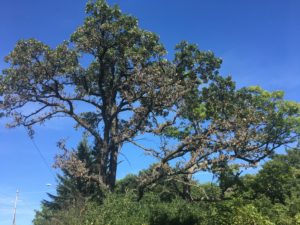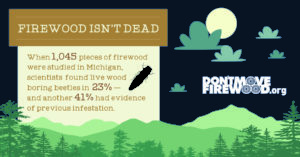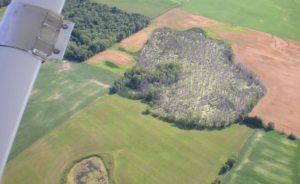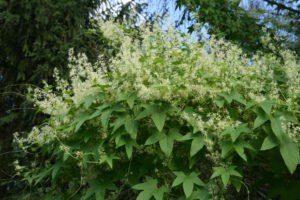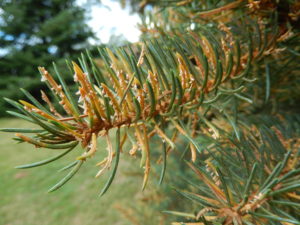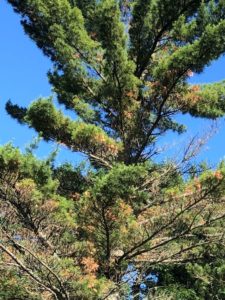By Mary Bartkowiak, invasive plants specialist, Rhinelander, Mary.Bartkowiak@wisconsin.gov, 715-493-0920
There’s so much to enjoy about fall and so many activities to take in before the blanket of snow changes our landscape. Something to keep in mind is that the introduction of invasive plants can play a role in changing the landscape, too.
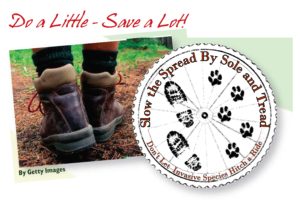 Continue reading “Slow the spread by sole and tread – revisited!”
Continue reading “Slow the spread by sole and tread – revisited!”

